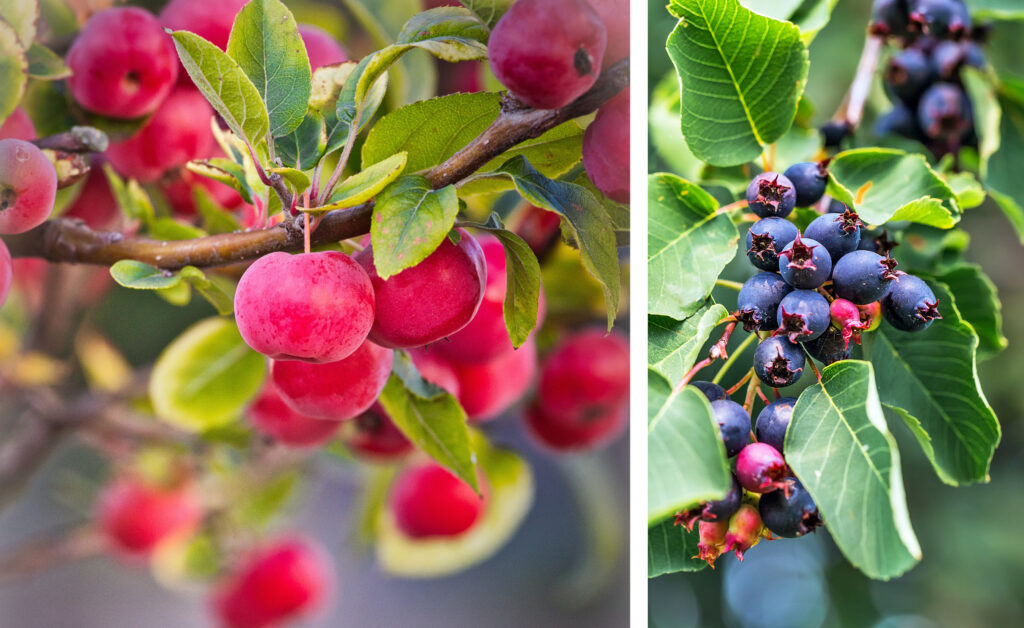by Matt Hall, Red Feather Horticulture –
I’ve met few gardeners that didn’t have more than a passing interest in the wider natural world, so I’ve always felt that gardening and birding are two hobbies that seem to intertwine in most of us with green thumbs. Unfortunately, we’re facing a time of crisis, with plummeting populations of native songbirds. It’s estimated that North America has lost three billion birds in the last 50 years, most of which was due to habitat loss. As gardeners, we have a chance to help our native birds by choosing plants that will help feed and protect them year-round. Below are four of our favourite bird-friendly plants that will help give our feathered friends a boost (and might force you to invest in some binoculars).
Pacific flowering currant (ribes sanguineum). Apart from being a beautiful plant for the garden, currants are key for feeding birds in both the spring and the summer. In spring, their hot-pink flowers are a key shrub for feeding our Anna’s and Rufous hummingbirds, while in the late summer the dusty, black currants are a favourite for many bird species. Although all of the flowering currants are great choices for birds, the compact size and vivid flower colour of the “King Edward VII” makes it our choice of currants.
Serviceberry (amelenchier alnifolia). As horticulturalists, we believe that the native serviceberry (or Saskatoon) doesn’t get the respect it deserves as a garden plant. Apart from having delicious fruit and multi-season interest, all of the serviceberries are also key forage plants for both hummingbirds (in spring) and songbirds (in the summer). One of our favourite cultivars is “Rainbow Pillar” as it has a more compact growing style so will fit even the smallest urban garden.
Coneflowers (echinacea sp.). There’s a reason why echinacea are as popular as they are: they’re tough, deer resistant and beautiful. With their inclusion on this list, it’s also no surprise they’re loved by birds. Although not as favoured by hummingbirds, echincea are adored by bees and butterflies in the summer. If the seed heads are left on the plant they become very tasty to our overwintering songbirds (especially finches) during the colder months.
Pacific crabapple (malus fusca). Our native crab apple is another plant that doesn’t get the credit it deserves as a landscaping plant. Their beautiful white flowers turn to blueberry-sized apples in the fall. With the smaller-sized fruit, these trees aren’t nearly as messy as more common crab apples.
It also helps that the birds won’t leave much left to hit the ground. Having a crab apple will almost guarantee a visit from a flock of Bohemian waxwings during the winter. Although we favour the native species, any crab apple will be a favourite for backyard birds.
We at Redfeather hope you have a terrific holiday season and that you have a chance to enjoy the birds! If the birding bug really gets you, join the Christmas Bird Count this season. Of course, if you require any horticultural help, gardens installed or invasive plants removed you can reach us at www.rflh.ca.




